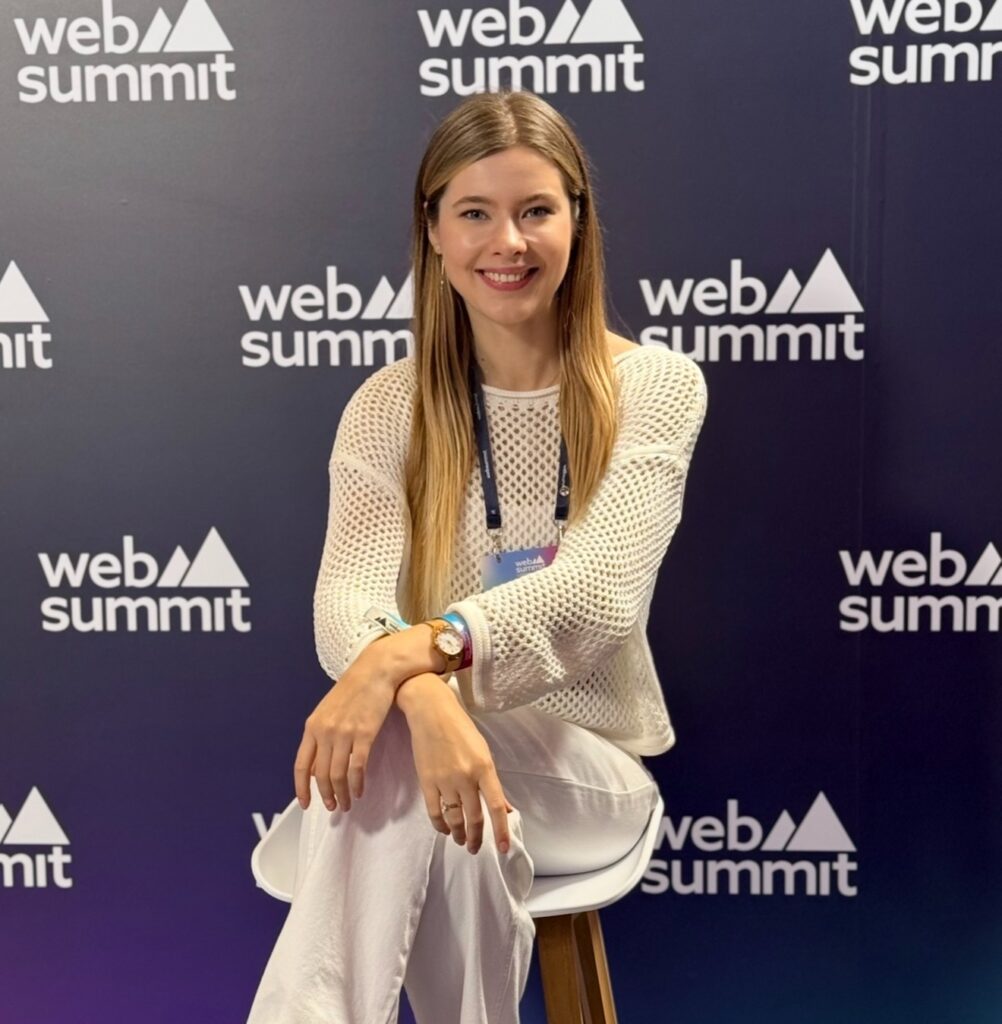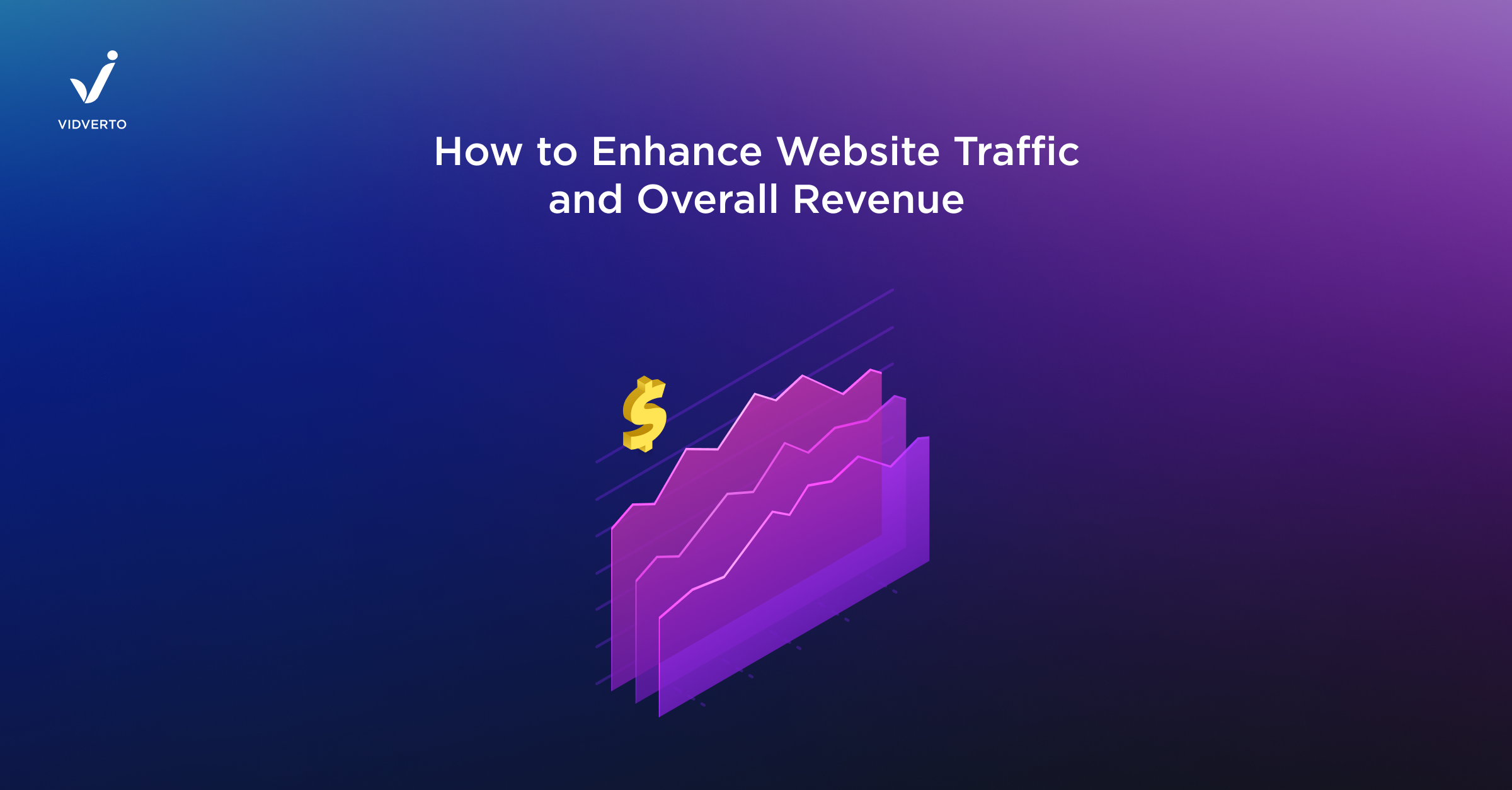With privacy concerns at the forefront, the phase-out of third-party cookies, and the rapid evolution of AI and emerging technologies, Ad Tech faces transformations. Focused on privacy-driven strategies and advanced solutions, the market demands strategic changes in delivering user-centric experiences and content monetization.
The question is no longer whether the landscape will change — how quickly you can adapt to stay ahead. Let’s dive into the major trends and insights redefining the industry in 2025.
Data Control and Privacy-Led Future
This shift toward privacy-focused tends to replace traditional personalized approaches with contextual advertising. Affected by a broader trend of balancing between user trust and effectiveness, brands and publishers are forced to implement new monetization strategies.
- Shift Away from Third-Party Cookies: With the complete phase-out by Google Chrome in 2025, the digital advertising industry is poised for the end of cookie-based tracking and increasing privacy importance. Thus, solutions that offer tools to enable targeting without compromising user data become pivotal, especially ones based on the Privacy Sandbox technology.
- First-Party Data Takes Center Stage: Big brands and major publishers are leading to use first-party data. Meanwhile, smaller and medium-sized publishers are turning to contextual advertising. This approach is cost-effective, quicker, and easier to implement, making it an attractive option.
- Leveraging Cloud-Based Solutions: Such infrastructures provide enhanced privacy standards, allowing advertisers to target and attribute ads securely. Tools like data clean rooms will help brands collaborate with platforms like Google and Amazon while adhering to stricter privacy standards. However, challenges like capacity limits and privacy concerns may slow or complicate the implementation.
Decline of Aggressive Advertising
As platforms prioritize compliance with new privacy regulations, aggressive ads that disrupt the user experience are increasingly flagged or blocked. Consequently, creative moderation policies encourage advertisers to focus on non-intrusive formats, like video and audio.
- Browser and Platform Moderation: While becoming stricter, it makes intrusive ad formats such as pop-ups and pop-unders less viable. These changes encourage advertisers to review their strategies and adopt more user-centric approaches.
- Rise of Non-Intrusive Formats: In response to these shifts, video ads remain popular due to their engaging yet non-disruptive nature. Similarly, the demand for audio ads is rising as they seamlessly integrate into daily routines.
Advancing Automation and AI in Ad Tech
Artificial Intelligence (AI) transforms every aspect of digital marketing—from automation and creativity to audience targeting and fraud prevention. Its ability to increase campaign performance opens new opportunities to boost monetization and ROI while fostering trust in the programmatic ecosystem.
- Programmatic Advertising Evolution: Automation and artificial intelligence (AI) impact becomes paramount for demand-side platforms (DSPs), where AI-driven tools streamline ad buying and analytics. This allows to achieve faster, more accurate results while reducing manual workload.
- Creative Optimization: AI is increasingly used to generate high-quality ad creatives that can be adapted to different platforms and formats, saving the resources for content production. Beyond efficiency, AI offers opportunities for real-time A/B testing to maximize audience engagement.
- Predictive Audience Behavior: By analyzing large datasets for patterns in audience behavior, AI can assist in adjusting real-time bidding (RTB) strategies. Moreover, its predictive algorithms allow advertisers to reduce wasted spending on less impactful impressions.
- Anti-Ad Fraud Innovations: With the rise of bot traffic, click farms, and other fraudulent activities, AI-driven solutions are changing how advertisers protect their investments. These tools can analyze vast datasets, differentiate between human and bot behavior in real-time, and mitigate it.
Future of Search and Content
AI-driven chat interfaces and cloud services have increasingly become preferred over traditional search engines and content websites. This trend is causing a notable disruption in traditional web traffic patterns as users bypass conventional content websites in favor of direct AI interactions.
- The Rise of AI-Powered Information Retrieval: As users seek information, many are now turning to ChatGPT and similar large language models (LLMs) for specific queries, especially those requiring explanations, summaries, or problem-solving assistance.
- Impact on Different Content Types: While specialized content and in-depth research rely heavily on traditional websites and expert sources, informational queries and fundamental knowledge discovery are affected first. Thus, integrating AI capabilities and unique expertise is a new strategy for publishers and content creators.
CTV Growth and Tackling Ad Fraud Issues
Connected TV (CTV) continues to grow rapidly, especially in Tier 1 markets and expanding regions (like India and parts of Asia), where it has become a popular medium for digital content consumption. However, the lack of affordable and effective anti-ad fraud solutions remains a barrier to its full potential.
Exploring Emerging Technologies
Technologies like augmented reality (AR), virtual reality (VR), the metaverse, and Web3 are slowly but steadily changing how to deliver digital content and understand user experience.
- AR/VR and the Metaverse: Advertising in AR/VR environments and meta universes is still in its early stages, but its potential for immersive, interactive brand experiences is huge. Brands just started experimenting with these virtual spaces, laying the groundwork for future opportunities as the technology evolves.
- Web3 and Tokenization: Conversely, Web3 platforms focus on decentralization to reduce the number of mediators. By leveraging blockchain technology, Web3 can provide advertisers and publishers more control over transactions.
Yet, the future of Ad Tech will be defined by agility, creativity, and a commitment to privacy. As we move into 2025, marketers must shift to contextual targeting, first-party data, and non-intrusive formats to maintain relevance while respecting user privacy. Similarly, AI-powered tools will continue revolutionizing automation, creativity, fraud prevention, audience targeting, and searching strategies, ensuring compelling and efficient campaigns.
At Vidverto, we are ready for upcoming changes to provide new monetization opportunities for our partners. By implementing advanced solutions and offering customized strategies, we turn challenges into perspectives.

















